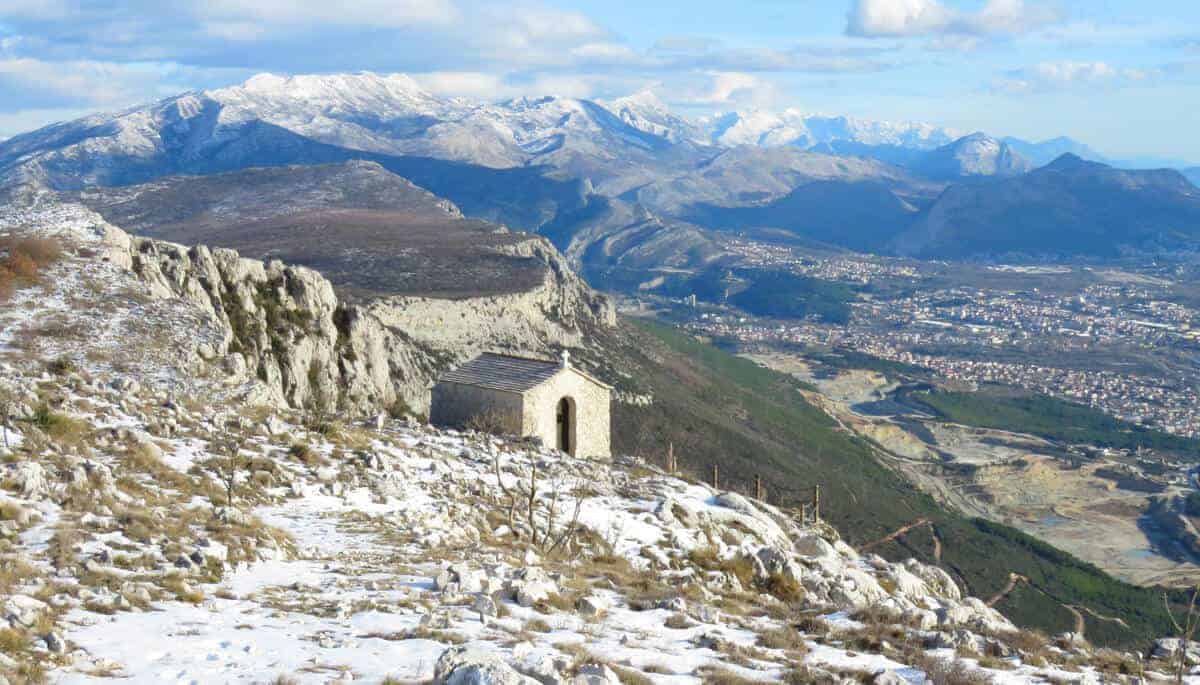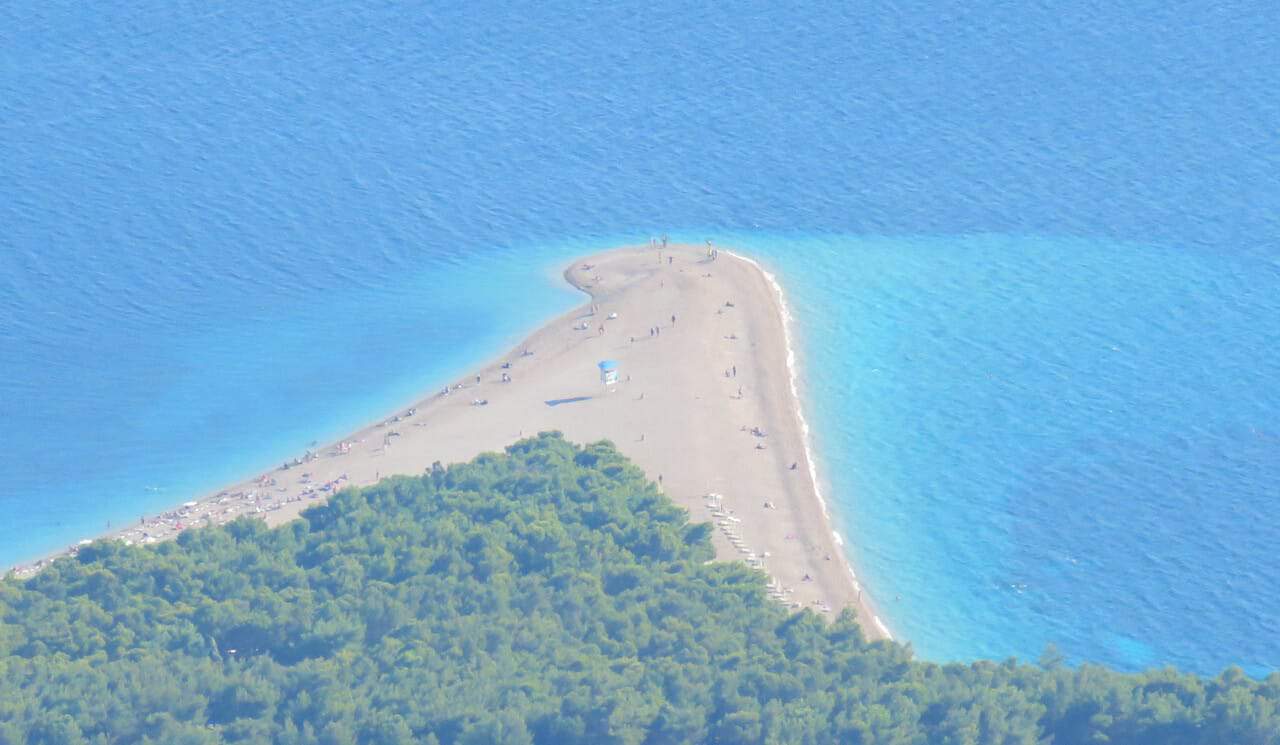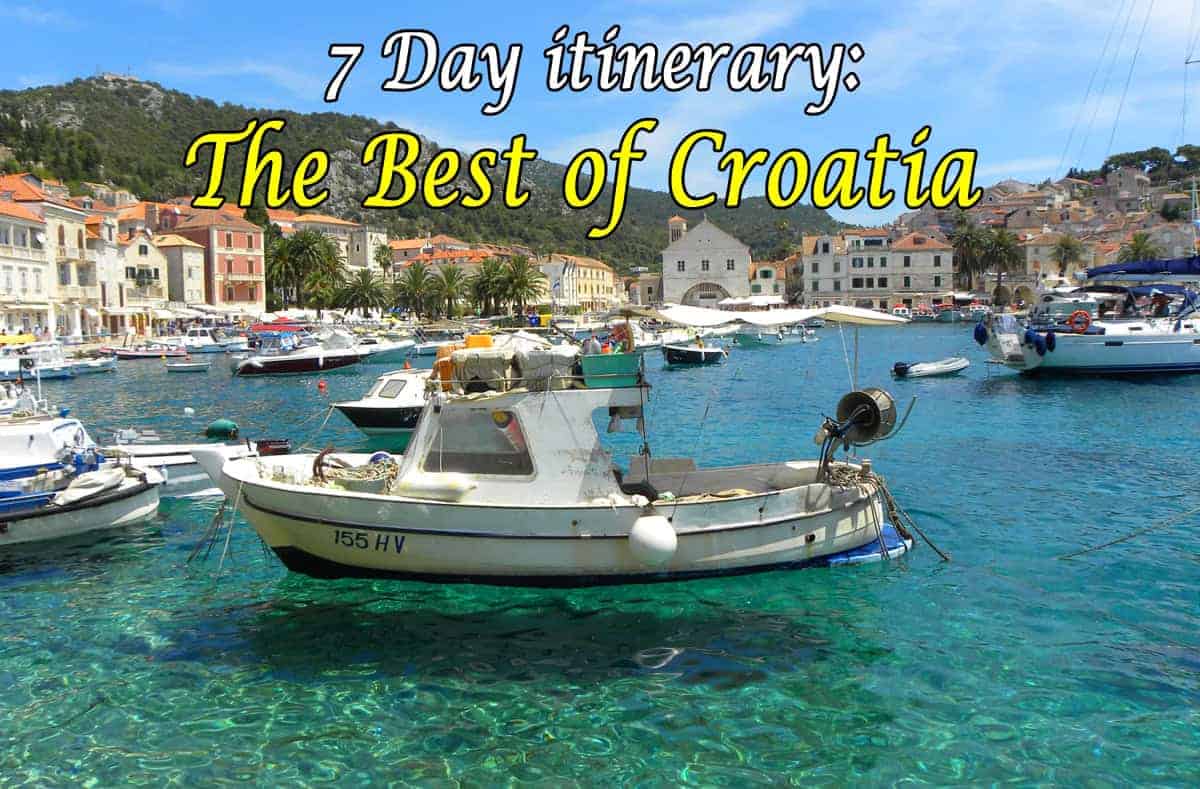
The Hidden Gems of Split (Croatia)
We lived 18 months in Split and have visited the city countless times. We love this city. It is, in our opinion, one of the most beautiful cities in the world.
Located on the Dalmatian Coast, Split is a city that combines ancient history, a vibrant culture and incredible geography. Some of its highlights are famous. Diocletian’s Palace is a UNESCO World Heritage Site, a city palace that dominates the old town. Marjan Hill is a large park overlooking the city featuring fantastic views from its viewpoints. The Riva is the place to stroll and enjoy the vibrancy of Split.
But beyond these well-known attractions is a city full of hidden gems.
This post covers some of Split’s lesser-known historical sites, culinary delights, secluded beaches, and natural attractions. Off the usual tourist trail, we cover places and experiences that will give you a greater appreciation for what a great city Split is (I’ll even cover a fantastic and easily accessible hike not covered by any guidebook. It’ll give you a whole other perspective on the city).
Historic Attractions off the Beaten Path
Diocletian’s Palace is the historic highlight of Split. You’ll find the city’s most famous attractions here (the Cathedral of Saint Domnius and its bell tower, the Peristyle with it’s 3500 year-old Sphinx, the domed vestibule, the Temple of Jupiter, 4 city gates…).
But there’s much more to Split than Diocletian’s Palace.
- Klis Fortress: On a hill situated overlooking a pass in the mountain range that separates Split from the interior, Klis fortress has protected the coast from invaders since Roman times. It’s a large, imposing fortress with incredible views of Split, the Adriatic Sea, and surrounding islands. Klis Fortress should be better known, it was after all a filming location for the Game of Thrones (it was the fictional city of Meereen). Despite that, few tourists actually make it to Klis. More on Klis and how to get there.
- Salona Ruins: Once the capital of the Roman province of Dalmatia, the ancient city of Salona lies in ruins just a few kilometers from Split. Visitors can explore the remnants of amphitheaters, early Christian churches, and Roman baths, walking through the same spaces where ancient civilizations once thrived.
- Varoš: The old neighbourhood of Varoš, just steps away from Diocletian’s Palace, is a charming area filled with narrow winding streets, traditional stone houses, and small churches. This district, originally settled by fishermen and farmers, is still inhabited by locals. It feels authentic and you’ll find lots of little bars and restaurants where you can enjoy a meal or a drink.

The Culinary delights of Split
Split’s old town and Riva are full of restaurants. But like anywhere else, the best eating and drinking experiences are the most authentic ones.
When I think of Croatian food, I think of fresh, locally-sourced ingredients, such as seafood straight from the Adriatic, ripe olives, and cheeses and meat from the farm. Favorite dishes include Crni rižot (black risotto), Ispod peke (slow cooked meats or fish, typically octopus), simple grilled sardines, Ćevapi (minced meat nicely spiced and served in a flatbread with condiments such as “ajvar” and “kajmak”) and burek (a pastry filled with different things like meat, cheese, spinach or potatoes).
Look for traditional Konobas (synonymous with restaurants, but the word “Konoba” actually translates to a “refuge” where workers would come to eat and drink). You’ll find them in the more traditional neighbourhoods such as Varoš or Firule. Go there for a hearty meal and Croatian wine.
Go to the Pazar Market, Split’s Green Market, next to Diocletian’s palace and sample fruits and vegetables. Buy your olives and homemade wine here.
Buy fresh fish at Split’s Fish Market (Ribarnica). Get your sardines or octopus here. You’ll be surprised by the variety of different fish species on sale.
Ćevapi is a favorite fast food, filling and tasty and not expensive. You’ll often find stalls selling Ćevapi outside the center. Burek are usually good for a light snack and can be found in almost any bakery. Again, very inexpensive.

The best beaches are not the most obvious ones…
Split is well known for it’s beaches…unfortunately most visitors miss the best ones, opting for popular beaches like Bačvice Beach (which, although lively, is actually not attractive at all…)
Split’s best beaches are to the west, either close or near Marjan hill. There you’ll find beautiful beaches away from the crowds. They’re the perfect place for relaxation, swimming, and soaking up the Mediterranean sun.
- Kasjuni Beach: Tucked away at the foot of Marjan Hill, Kasjuni Beach is a peaceful retreat from the city’s hustle and bustle. Its clear waters and pebbly shore make it ideal for swimming and sunbathing, while the surrounding pine trees offer shade and a sense of seclusion.
- Bene Beach: Accessible via a pleasant walk through Marjan Forest Park, Bene Beach is a favorite among locals seeking a quiet spot for relaxation. This beach also features recreational facilities, making it perfect for families.
- Jezinac Beach: A small, less crowded beach located close to the city center, Jezinac offers clear blue waters and a peaceful atmosphere for visitors looking to unwind.
All the above offer beautiful settings and wonderful views of sea and mountains….and few tourists.

Hiking in Split: Easy and Accessible
Split has incredible geography. The view down the mountain range skirting the coast is spectacular.
Mount Mosor is everyone’s automatic choice – it’s the highest peak on the vicinity of Split and offers some great hiking. However, it’s a bit hard to get to for the visitor without a car…
Mount Kozjak isn’t on anyone’s radar. But it’s a very accessible hike from Split and a (mostly) very easy hike with glorious views. With little planning required, it’s a very doable hike and I recommend it for someone wanting to get out of the city for a few hours for a nature escape (Ps. İt can be combined with a visit to Klis fortress). More on hiking Mount Kozjak.

A Nautical Adventure: Exploring the Dalmatian Coast
The Dalmatian Coast is possibly the most beautiful coast in the world. We were always amazed by the crystal-clear waters, secluded coves, and picturesque islands. There are different ways of getting out in the water…but the absolute best way is to take a gulet charter from Split. It’s the ultimate in nautical adventures.
What’s a gulet? A gulet is a traditional wooden sailing vessel that you’ll often see cruising the waters of the Adriatic and Mediterranean. The gulets I’m talking about however are modern and luxurious. You sleep on them and have a crew feed you and serve you drinks. And they’ll take you anywhere you want to explore. You can visit secluded beaches, coastal towns or go to quiet bays for diving and snorkeling. The possibilities are endless. It’s the equivalent to having a private yacht and inviting your best friends along.
Find out about renting a gulet in Croatia. You can find information on various gulet options, itineraries, and tips for making the most of your nautical adventure. But as I mention, you can totally personalize your gulet rental to see and do whatever you want.
As I say, it’s the absolute best way to experience the Dalmatian coast.

Split and around
Whether by land or by sea, there are many highlights very close to Split worth visiting.
Hvar is Croatia’s version of Saint-Tropez. It’s the place to go, mostly among young partygoers and the international jet set. But there’s more than partying going on in Hvar – Hvar Town has a large harbour, a historic old town and has a large Venetian-era fortress overlooking everything. It is quite spectacular.
Bol, on the island of Brač, is a charming town with the most famous beach in Croatia (Zlatni Rat). Quieter than Hvar, it has a 2 km promenade along the coast (leading to many other beaches). Just outside town is Vidova Gora, a mountain peak. At 780 m high, it is the highest peak in the Adriatic. It’s where I took the photo below looking down at Zlatni Rat beach.
There are lesser-known islands worth visit if looking for secluded paradise. The Pakleni Islands are an island chain located off Hvar known for their peaceful coves. The Kornati Islands National Park is an archipelago of 140 densely grouped islands and islets in an area 35 km long and 14 km wide. It is one of Croatia’s most beautiful national parks and is home to some of Croatia’s best marine life. Vis is another highlight, a quiet island (the favorite island of many Croatians) with little coves featuring beautiful beaches and pine forests.
On the mainland, Omiš and Makarska are coastal highlights featuring beautiful beaches with spectacular mountain scenery. Trogir is another highlight, a UNESCO world heritage site in recognition of being one of the best preserved medieval towns in all of Europe.
Related: The Best of Croatia in 7 Days
Related: The Best of Croatia (and around) Itinerary






Leave a Reply